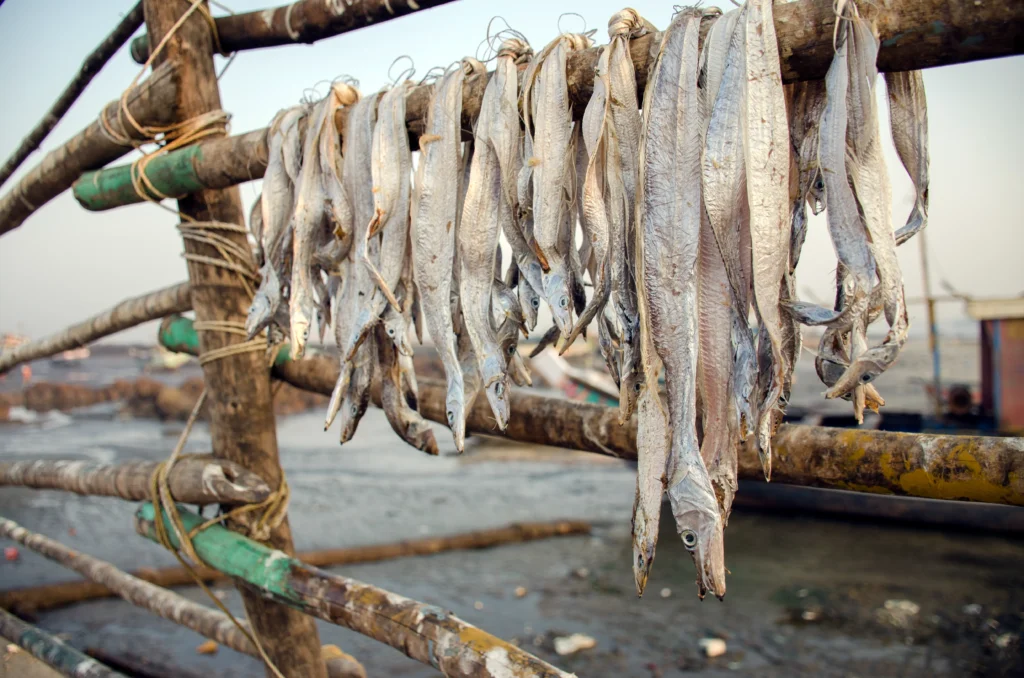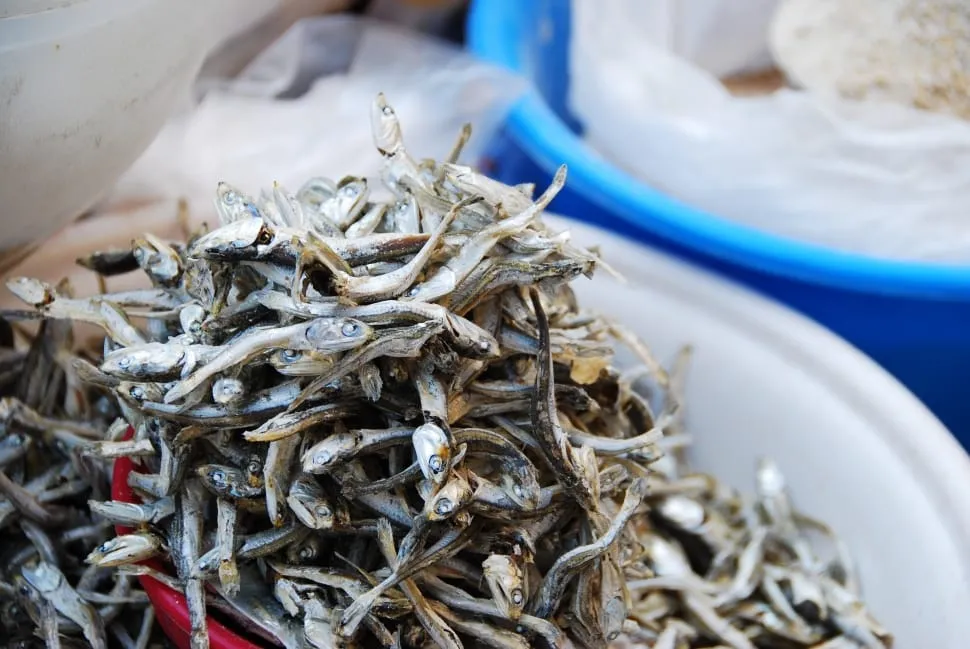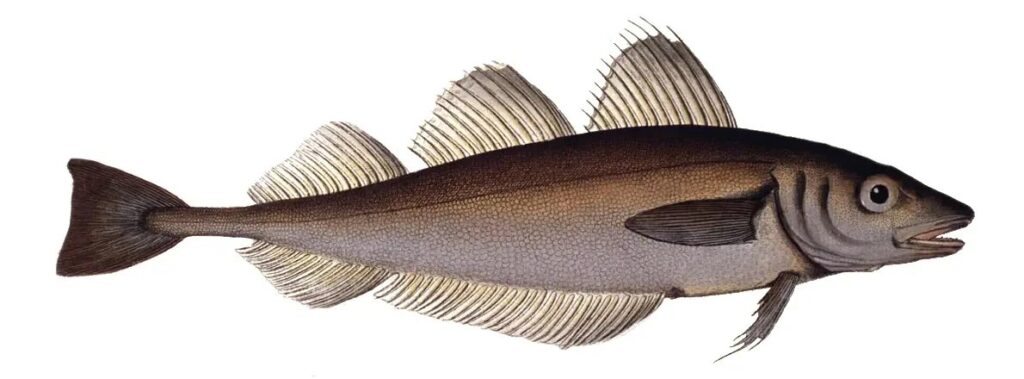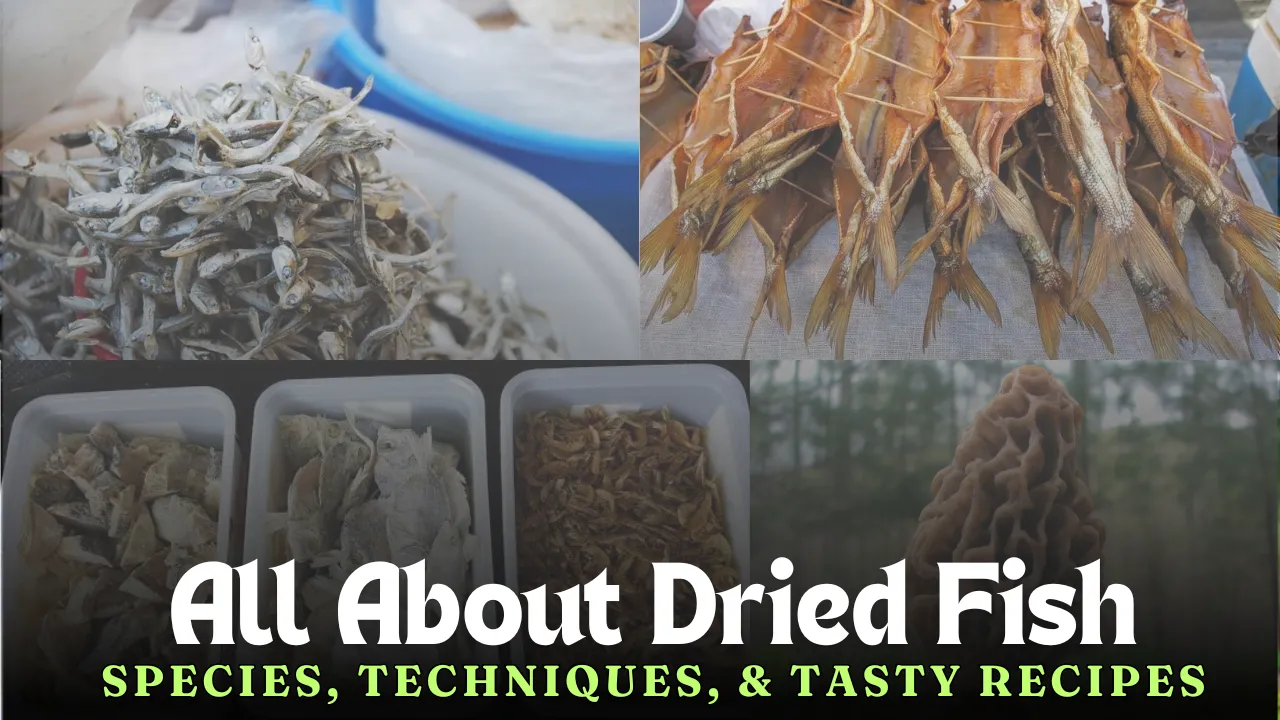Dried fish has been a staple food for centuries, cherished for its unique taste, long shelf life, and nutritional value. In this guide, we’ll dive into everything you need to know about dried fish, from its history and preparation methods to its health benefits and culinary uses.
What is Dried Fish?
Dried fish is simply fish that has been preserved by removing its moisture content. This method of preservation not only extends the fish’s shelf life but also enhances its flavor. Drying fish can be done through various techniques, including air drying, sun drying, and using dehydrators.

History of Dried Fish
The practice of drying fish dates back to ancient times. Civilizations across the world, from the Vikings in Scandinavia to the indigenous peoples of the Americas, have used drying as a method to preserve fish for long voyages and harsh winters. The process allowed them to store food without refrigeration and ensure a steady supply of protein throughout the year.
Types of Dried Fish
There are many types of dried fish, each with its own unique characteristics. Here are a few popular ones:
- Stockfish: air-dried fish, typically cod, popular in Nordic countries.
- Saltfish: fish that has been salted before drying, common in the Caribbean.
- Ikan Bilis: small dried anchovies, widely used in Southeast Asian cuisine.
- Bokkoms: salted and dried mullet, a traditional South African delicacy.
- Dried Squid: A popular snack in East Asia, known for its chewy texture.
How is dried fish made?
The process of making dried fish can vary, but the basic steps remain the same. Here’s a general overview:
- Selection: Choose fresh fish. Smaller fish are often dried whole, while larger fish are filleted.
- Cleaning: Clean the fish thoroughly to remove any scales, guts, and blood.
- Salting: Salt the fish to enhance flavor and aid in the drying process. This step can be skipped for some types of dried fish.
- Drying: Lay the fish out to dry. This can be done using sunlight, air, or a dehydrator.
- Storage: Once fully dried, store the fish in an airtight container to keep it fresh.
Nutritional Benefits of Dried Fish
Dried fish is not only delicious but also packed with nutrients. Here’s a breakdown of its nutritional benefits:
- High Protein: Dried fish is an excellent source of protein, essential for muscle growth and repair.
- Low Fat: Most dried fish is low in fat, making it a healthy snack option.
- Rich in Omega-3: Omega-3 fatty acids, found in high amounts in fish, are crucial for heart health.
- Vitamins and Minerals: Dried fish is rich in vitamins D and B12, as well as minerals like calcium and iron.
Here’s a table summarizing the nutritional content of 100 grams of dried fish:
| Nutrient | Amount per 100g |
|---|---|
| Calories | 290 kcal |
| Protein | 62g |
| Fat | 2g |
| Omega-3 | 2g |
| Vitamin D | 160 IU |
| Vitamin B12 | 8 mcg |
| Calcium | 200 mg |
| Iron | 2 mg |

Culinary Uses of Dried Fish
Dried fish is incredibly versatile and used in various cuisines around the world. Here are some popular ways to enjoy it:
Asian Cuisine
In many Asian countries, dried fish is a key ingredient in soups, stews, and side dishes. For example:
- Japan: Dried bonito flakes, known as katsuobushi, are used to make dashi, a fundamental broth in Japanese cuisine.
- Korea: Dried pollock, or hwangtae, is rehydrated and used in soups like hwangtae guk.
- Philippines: Dried fish, locally known as tuyo or daing, is often fried and served with rice and vinegar.
African Cuisine
In African countries, dried fish is a common addition to various dishes.
- Nigeria: Stockfish is used in soups and stews, adding a rich, umami flavor.
- Ghana: Dried fish is added to dishes like kenkey (fermented maize dough) and banku (fermented corn and cassava dough).
European Cuisine
Dried fish is also popular in European cuisine.
- Norway: Stockfish is a traditional ingredient in lutefisk, a dish where dried fish is rehydrated and cooked.
- Portugal: Bacalhau (dried and salted cod) is a staple in many Portuguese dishes.
How to Store Dried Fish
Proper storage is essential to maintaining the quality and flavor of dried fish. Here are some tips:
- Airtight Containers: Store dried fish in airtight containers to prevent moisture from getting in.
- Cool, Dry Place: Keep the containers in a cool, dry place, away from direct sunlight.
- Refrigeration: For long-term storage, you can refrigerate or freeze dried fish. Ensure it’s well-sealed to avoid any odor transfer.

Health Considerations
While dried fish is nutritious, it’s important to consume it in moderation due to its high sodium content. People with hypertension or those watching their salt intake should be cautious. Additionally, ensure that the dried fish you consume is free from harmful additives and properly processed to avoid any health risks.

Haddock the Fish
Haddock fish is a term used to refer specifically to the haddock species. This fish is part of the cod family and is known for its clean, white flesh. Haddock is often used in British cuisine, especially in dishes like smoked haddock, fish pie, and, as mentioned earlier, fish and chips.

Dry-Land fish
Dry land fish is a colloquial term that might refer to mushrooms, particularly morels, which are often called “dry land fish” because of their meaty texture and flavor that somewhat resemble seafood. However, this term can vary by region and context.
Where Can I Buy Dried Cod Fish?
If you’re wondering where you can buy dried cod fish, here are a few options:
- Local Markets: Check your local fish markets or grocery stores, especially those with a good seafood section.
- Asian Grocery Stores: Many Asian markets carry a variety of dried fish, including dried cod.
- Online Retailers: Websites like Amazon, specialty seafood sites, and even international grocers often sell dried cod fish.
- Health Food Stores: Some health food stores might carry dried fish as a protein-rich snack option.
Can I Bring Dried Fish to the USA?
If you’re asking, “Can I bring dried fish to the USA?”, the answer depends on specific regulations. Generally, U.S. Customs and Border Protection allows dried fish, but it must be properly packaged and declared. It’s always a good idea to check the latest import guidelines and restrictions before traveling with food items.
Does Fish Oil Help Dry Eyes?
Does fish oil help dry eyes? Yes, fish oil is known to help alleviate dry eyes. Fish oil contains omega-3 fatty acids, which have anti-inflammatory properties and can help improve tear production and eye lubrication. Taking fish oil supplements or increasing your intake of omega-3-rich foods like salmon, mackerel, and sardines can be beneficial for dry eyes.
Salted Dried Cod Fish
Salted dried cod fish is cod that has been preserved with salt and then dried. This traditional method extends the fish’s shelf life and enhances its flavor. Salted dried cod is a key ingredient in many dishes around the world, such as bacalhau in Portugal and baccalà in Italy. Before cooking, it usually needs to be soaked in water to remove the excess salt and rehydrate the fish.
Conclusion
Dried fish is a timeless delicacy, cherished for its rich flavor, nutritional value, and versatility in the kitchen. Whether you’re snacking on dried squid or cooking a hearty stew with stockfish, dried fish adds a unique taste to any dish. By understanding its history, preparation methods, and culinary uses, you can fully appreciate this wonderful food and incorporate it into your diet.
So next time you’re looking for a healthy, tasty, and long-lasting food option, consider reaching for some dried fish. Enjoy the flavors and benefits it has to offer!
For Similar Post Click Here

